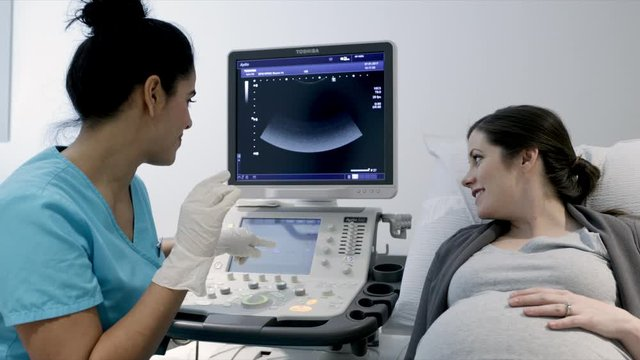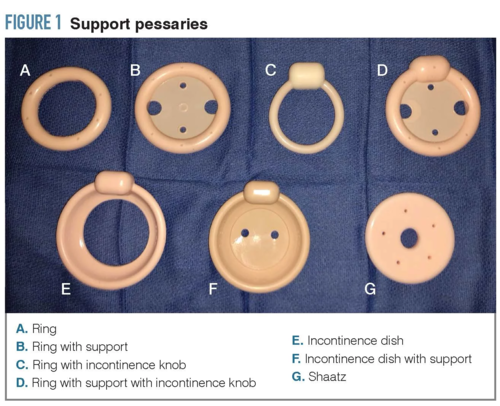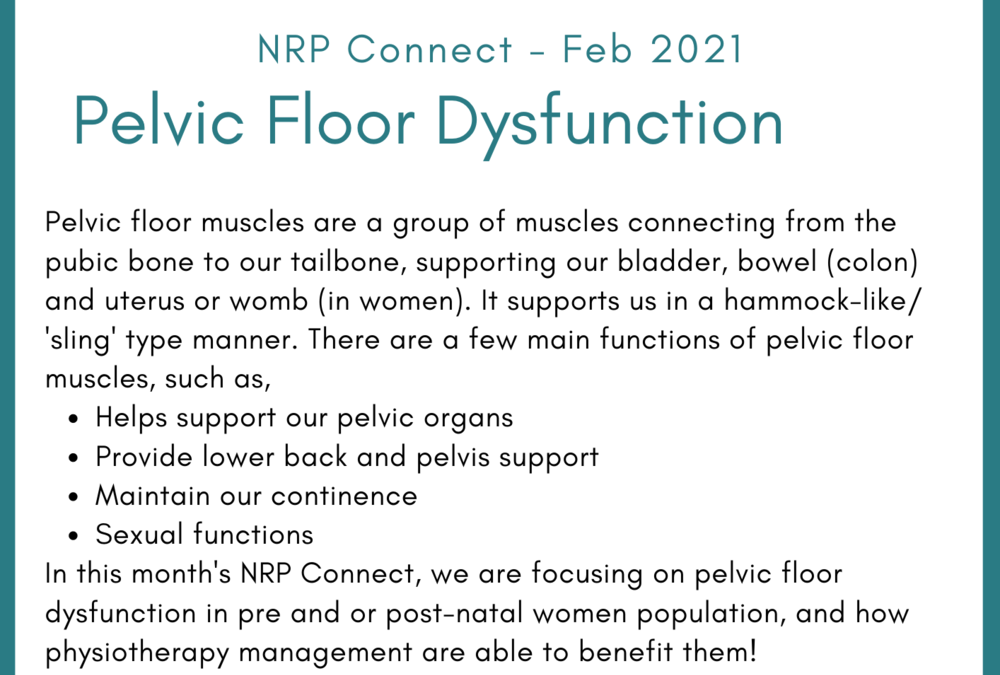
Lion Rocker Connect – February
Pelvic floor muscles are a group of muscles connecting from the pubic bone to our tailbone, supporting our bladder, bowel (colon) and uterus or womb (in women). It supports us in a hammock-like/ ‘sling’ type manner. There are a few main functions of pelvic floor muscles, such as,
- Helps support our pelvic organs
- Provide lower back and pelvis support
- Maintain our continence
- Sexual functions
In this newsletter, we are focusing on pelvic floor dysfunction in pre and or post-natal women population, and how physiotherapy management are able to benefit them!
PRINTABLE VERSION
Common symptoms:
- Stress or urge urinary incontinence
- Bladder or bowel leakage
- Vaginal prolapse pelvic organ prolapse
- Pelvic/ back pain


Physiotherapy treatment and management
To tailor the most effective pelvic floor muscle exercises for each patient, our physiotherapists will conduct a thorough assessment together with real-time ultrasound technique in different positions to test the loading ability of the pelvic floor muscles.
Management
There are 3 ways of advice and management on pelvic floor dysfunction, including:
- Pelvic floor muscles strengthening + training
- Lifestyle modification
- Pessary management
Pelvic floor muscles exercise program
- Divide into: strength training, endurance training, co-ordination re-training, combination [Hay-Smith Cochrane Review 2011]
- Physiotherapist will determine the different types of pelvic floor muscle training, depending on the patients’ symptoms and conditions
- “The Knack” – very useful and common tool in physiotherapy management, to teach women the coordination of tightening their pelvic floor muscles, in preparing for a known leakage-provoking event
Pessary/ urethral support

[Int Urogynecol J. 2011 Jun; 22(6): 637–644.]
-
This is a management strategy particularly for patient with higher grade of prolapse or very poor pelvic floor muscles activation
-
It is a guided tool to actively assist better muscles contraction and managing any symptomatic prolapse features
-
Research shown to be as effective as surgery outcomes at 1 year timeline
-
Patient satisfaction of 70-92% Improvement in anatomical pelvic floor muscles change, sexual functions
-
But, not tolerable for all women + possible risk of infection/ ulceration/ pain
Lifestyle modification
- Our physiotherapists are able to tailor an appropriate, pelvic floor safe exercise regime for our patients in returning to low/ high impact of sports. This is usually demonstrated through progressive clinical Pilates program/ other core activation training
- Physiotherapists are able to provide strategies and advices on optimal angle/ positions to minimize strains on toilet
- Limit strain on heavy weight lifting
- Manage chronic cough/ sneeze

